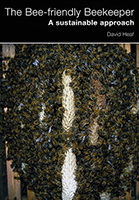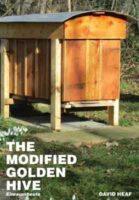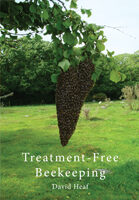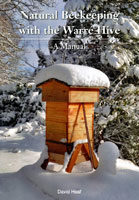In recent years, beekeepers on several continents have been suffering heavy losses of colonies. If we, systematically investigate factors causing the losses, we can justifiably ask whether the way in which honey bees are kept is part of the problem. Could hive design, frames, foundation, intrusion, artificial queen breeding, drone suppression, queen excluders, artificial feeding, medication, transhumance and overstocking – all elements of modern beekeeping – be reducing the vitality of bees?
This book examines the issues surrounding these practices, drawing where possible on the primary literature in bee biology and apiculture, in order to identify an approach to keeping bees that is more bee-appropriate. It also analyses the fundamental attitudes underlying the different ways in which we choose to keep bees.
Honeycomb is now known to be much more than just the skeleton of the bee colony superorganism. A case is presented for making natural comb the centre of a way of beekeeping that better respects the nature of the honey bee by allowing its species-specific behaviours to be expressed.
Among the hives based on relatively natural comb, the author presents the top-bar hive of Émile Warré as a practical and economical alternative to frame hives and describes the bee-friendly features of its-operation. The book includes construction plans and modern tips for its management.







